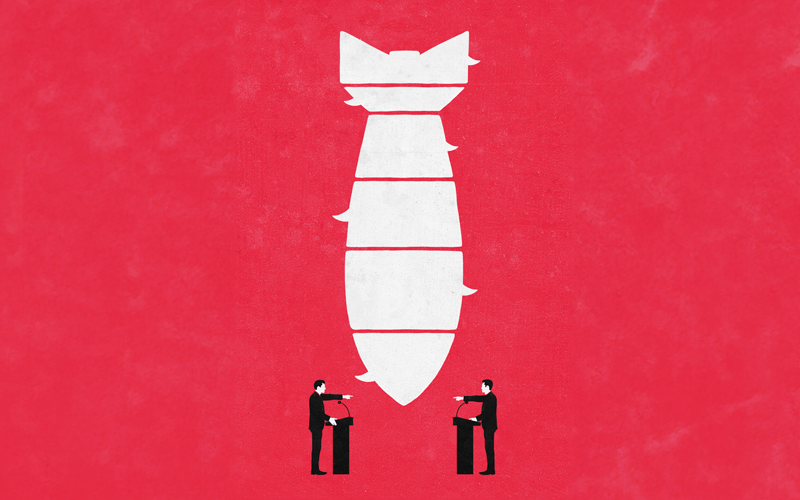
Any manager who has had to deal with warring colleagues or a fractured team will know just how damaging and destructive conflict can be if left unaddressed. Understanding exactly how conflict is likely to unfold is an important step towards nipping it in the bud and helping to restore working relationships.
The five stages of conflict
Conflict has a distinct life cycle that is broadly predictable. It comprises five stages, with each stage presenting an opportunity for resolution – but also a risk of escalation if not dealt with appropriately.
Pre-conflict
The stage is set
This stage relates to the underlying or root causes of conflict. Change, for example, is inextricably linked to conflict, and one often drives the other. Conflict is predictable, and planning for it arising is the most proactive and often the most effective way of managing it. The key is to make it clear to your team that conflict can be a healthy expression of working life, and to set out how any conflicts that arise will be resolved constructively and collaboratively.
Early conflict
The zone of negative conflict, or ZONC
People’s positions may harden, and communication may become limited and disrupted. Alliances and cliques begin to form, and individuals blame each other for the problem. Early warning signs may include reduced communication, hostility and aggression, or attempts to isolate each other.
Resolving differences at this early stage and encouraging the parties to step back and talk the issues through can be very valuable. Sadly, many managers miss this vital opportunity to stop the conflict in its tracks, leaving it to fester so that it requires only a spark to ignite.
Mid-conflict
It’s getting hot in here
This stage often sees parties engaging in coercive or destructive tactics to ‘win’ the conflict. Often, this is a challenging period for managers, characterised by grievances being lodged, allegations made and increasing stress for everyone. As the conflict escalates, the parties’ tactics are aimed at gaining and maintaining the upper hand.
At this stage, it is common for HR to get involved – but invoking any kind of formal processes that encourage right/wrong, win/lose, blame/shame behaviours should be avoided. The key is to facilitate adult-to-adult dialogue, and to position this as a positive step that the people involved can sign up to without being seen to be weak, to have failed or to be somehow giving in.
Late conflict
Explode or implode
This stage may see the conflict erupt and become all-consuming. Alternatively, it could slowly ‘eat away’ to such an extent that a previously well performing team begins to fail and implode.
This requires a calm, rational response. If you are in any way conflicted yourself, ask a colleague to step in. Knowing our own boundaries and our internal ‘unconscious’ biases can really help. This could be a good time to involve a trained internal or external mediator to help the parties resolve their differences.
Post-conflict
Picking up the pieces
This stage – the aftermath – is a rich source of learning and insight. The conflict could have created lasting damage and may have stirred up some incredibly powerful emotions.
The biggest mistake managers can make is assuming that all will be well and that people can just move on after a big conflict. Taking the time to reflect on the conflict gives everyone the chance to explore how it has affected them, what they have learnt and what changes they will make.



















